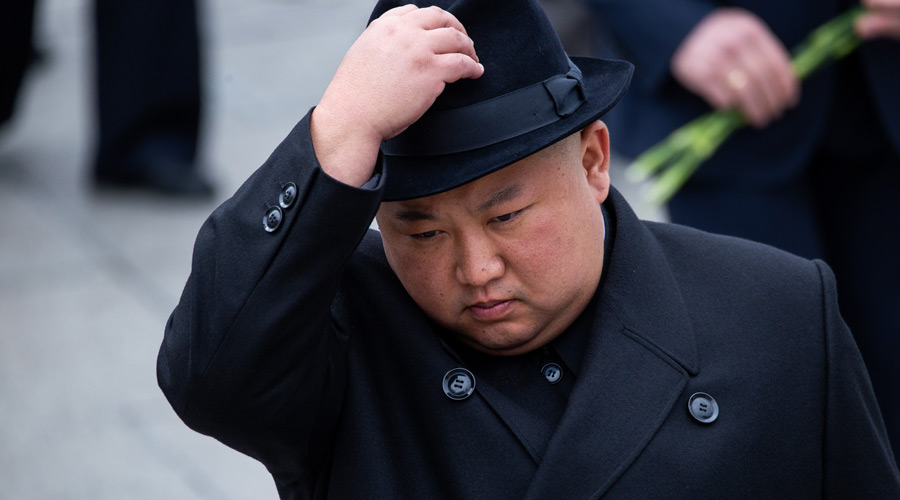The secret of style is confidence. And confidence is something that Kim Jong-un, the Supreme Leader of North Korea, should be having oodles of. He may have been confident enough to ensure that most Korean men and boys style their hair his way — a bowl cut with a startling middle parting — because this haircut made him look his best. Or maybe it was because the Supreme Leader felt that the world should see his countrymen as his clones. The Korean authorities were rather insistent about this cut when it came to the male population. But should imitation flatter? Is it not better to be inimitable? Indira Gandhi’s magnificent grey streak highlighting her perfectly styled hair was quite unique in effect — and not for want of effort on the part of numerous style aspirants. Whether there were too many takers for Margaret Thatcher’s hairstyle is not clear, although the effect she created was unique too.
With hair in focus, why leave out the cap? The cap that goes by Mahatma Gandhi’s name was worn by Gandhi for a couple of years during 1919-21. But it became so much a symbol of the Independence movement that the British tried to suppress it. Indomitable, it became part of the ‘uniform’ of the Congressman and later even an anti-corruption marker with its adoption by the Aam Aadmi Party. But political significance is not something that the Supreme Leader seems to be looking for, not even after he has outgrown his obsession with hairstyle and shifted to expensive leather trench coats. His adoring emulators are scrambling to source enough funds for similar coats too, but the winds of the Supreme Leader’s mood have changed. His desire to be a style icon is now invested with exclusivity — the police are penalizing the benighted trench coat-clad Korean male.
Confident or not, Mr Kim is a bit short on originality. A leather trench coat means nothing more than Mr Kim’s latest fad. Unlike the colourful, silken Madiba shirt — named after Nelson Mandela’s clan name — that the South African leader made his signature apparel. President Suharto had gifted him with batik shirts — of Indonesian design and technique — from which Mandela went on to the Madiba shirt which was not only stylish and exceptional, but also represented freedom from the confining trends of Western business wear while recalling his own people, few of whom wore suits. Neither did Indians, hence Gandhi’s bare-bodied style. He is a tough act to follow. Less so Jawaharlal Nehru, whose high-necked achkan-type coat in the style of North Indian courtly wear has evolved in more recent fashion into the shorter Nehru jacket. It made Nehru the most stylish political leader, whose formal wear was a subtle blend of high Indian and muted Western trends, placing him precisely where he wanted to be perceived in international fora. The leather trench coat, however, may be supremely abuzz with esoteric meaning of course.

